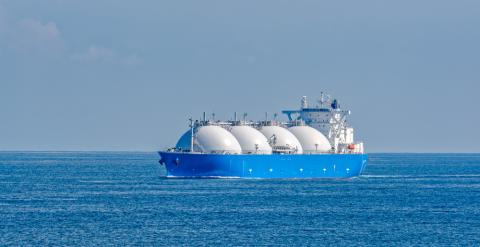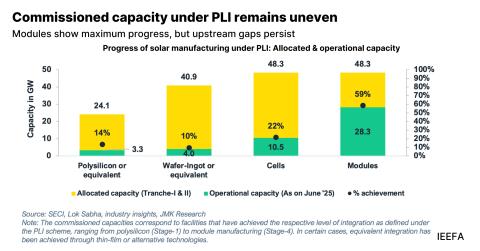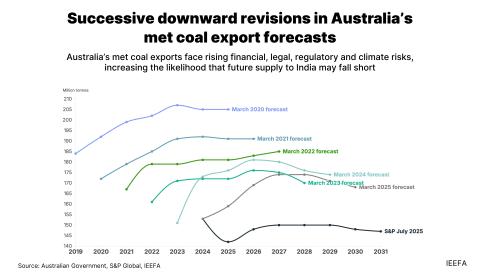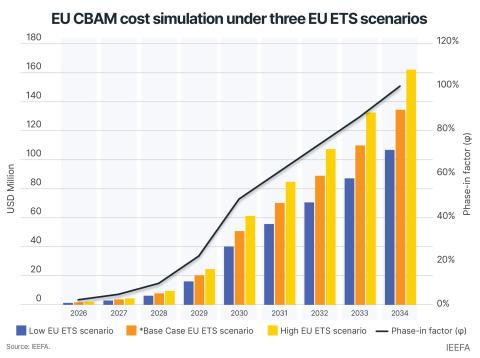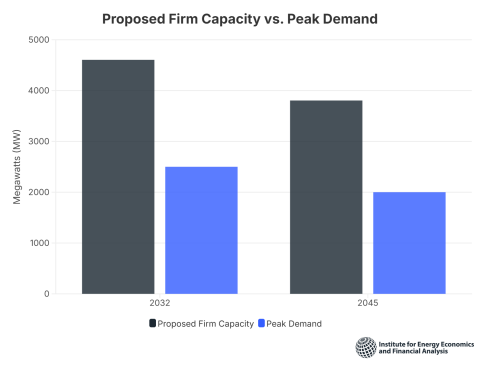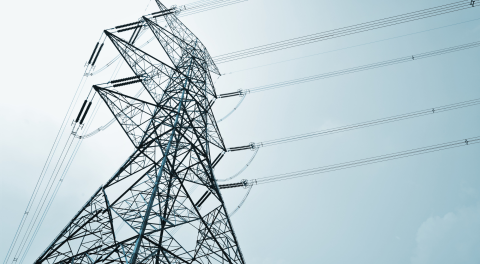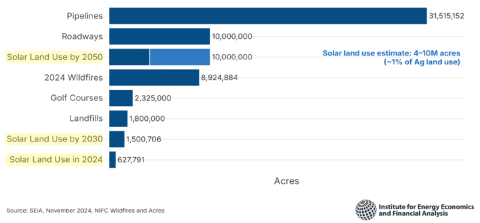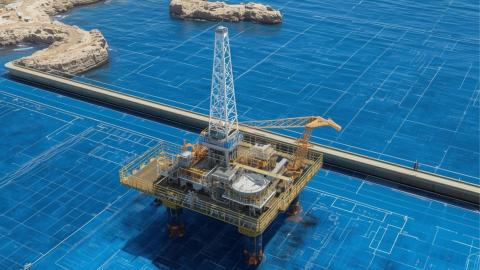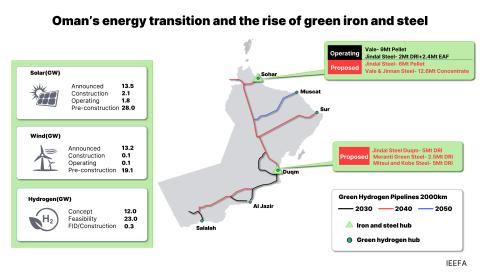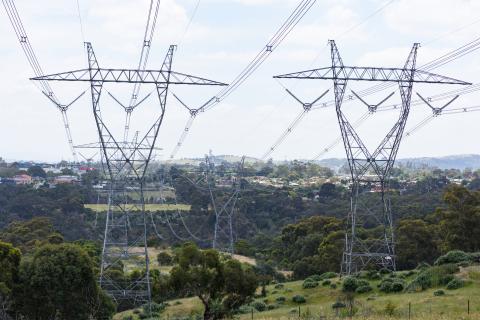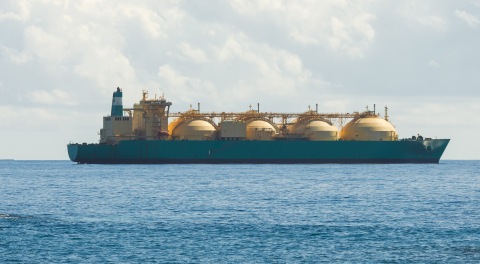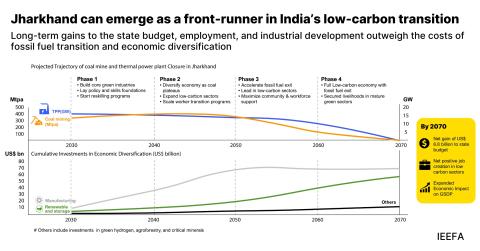The Ksi Lisims LNG project and the broader Canadian LNG sector face strategic challenges
Download Full Report
View Press Release

Key Findings
The Ksi Lisims LNG project faces significant infrastructure, regulatory, and financial risks that are compounded by a looming global LNG supply glut and thin industry margins.
The Canadian LNG industry currently enjoys abundant, relatively low-cost natural gas, but domestic market dynamics are changing.
One of Western Canada’s competitive advantages—its closer location to key Asian markets—may be insufficient to ensure long-term project competitiveness.
Executive Summary
The proposed Ksi Lisims liquefied natural gas (LNG) project faces numerous downside risks. Chief among these is the absence of a secured pipeline to transport feed gas to the terminal. The electrification of the facility is a critical factor for proponents to achieve plans for low-emission LNG and to comply with provincial regulations. However, the ability of BC Hydro to supply the terminal electricity within required timelines is uncertain. A lack of dedicated buyers for production exposes the project to significant income volatility and spot market uncertainties. The choice of twin floating LNG barges to hoist the liquefaction process presents additional project risks and delivers fewer economic benefits for local communities. After factoring key infrastructure challenges, inflation and the potential for delays and cost overruns, it becomes highly unlikely that the project can be delivered within the budget estimates initially put forward by its proponents.
Further compounding these challenges are broader industry headwinds: an impending global LNG supply glut, potential domestic gas price volatility and inflationary trade actions that threaten to disrupt global supply chains. While the Canadian LNG industry enjoys abundant and relatively low-cost natural gas, this benefit may prove transient as domestic market dynamics evolve. Producers in Canada must contend with competition from suppliers in other jurisdictions, some with more material and durable competitive advantages. Western Canada’s location in closer proximity to key Asian markets presents a structural advantage, but it may be insufficient to ensure long-term project competitiveness.
Stakeholders in an LNG project collectively bear the projects risks but often face disproportionate and sometimes divergent financial, environmental and social outcomes. Provincial and federal governments face negligible direct financial risks due to limited equity stakes in projects and established revenue bases. For members of the public, potential short- to medium-term economic gains must be weighed against long-term risks to affordability, environmental quality and economic stability. Upstream producer investors provide risk capital and are exposed to material risk in a downside scenario; however, they may be able to derive significant benefits even amid market uncertainty and financially challenged projects. For First Nation investors, profit-sharing agreements offer potential income. However, equity stakes could involve the assumption of outsized risks relative to the capacity to absorb losses. Equity owners also face decommissioning and environmental remediation liabilities that may exist long after a project ceases economic operation.



